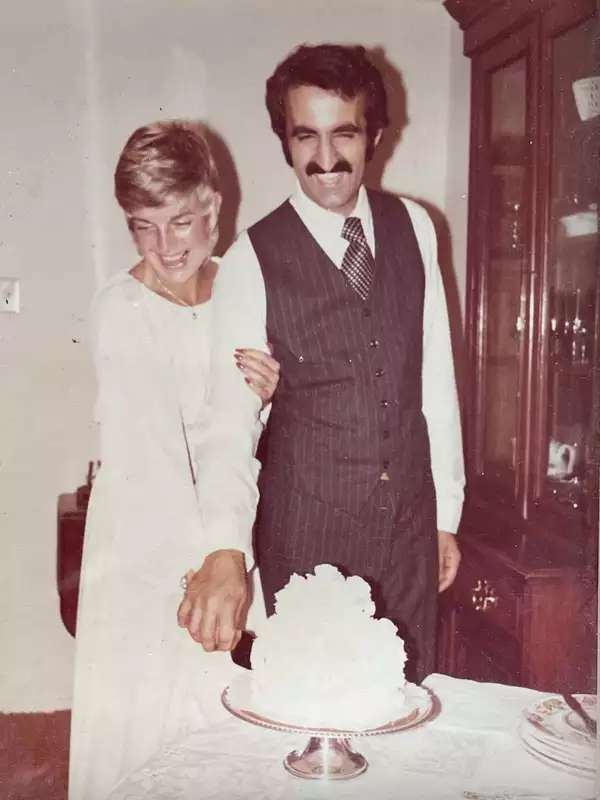
Audrey Roofeh ’00 shares her story and how she came to do work on equity, inclusion, diversity, and accessibility
When I applied to be a poll worker for this year’s general election, I wasn’t sure what to expect. But I needed to do something. Like many young, healthy Americans, I recognized I was at less risk to work in a potentially crowded indoor space during the pandemic, and like so many people anxious about the election, I wanted to protect democracy in some way. I had so many questions leading up to the day: Would I be working on Election Day only or also on early voting days? Was training really four hours long and in person? When would I find out where I would be staffed? Answers were not always easy to find, but as Election Day approached, I kept my poll worker manual handy and prepared myself as best as I could.
On November 3, I reported to my poll site in Boerum Hill, Brooklyn, at 5 a.m. to prepare for the doors to open at 6 a.m. With the long early voting lines I’d been seeing throughout the city, I had anticipated high turnout on Election Day, but I was surprised to find this wasn’t the case. Voters trickled in throughout the day — maybe 100 or so in total. This could have been for a few reasons: There was only one election district at this poll site (versus the two or three it had historically), and there were far higher rates of absentee and early voting this year.
Between checking in voters and handing out ballots, I got to know some of my fellow poll workers. Quite a few lived close by, such as a mother and daughter who had signed up to work together. And then there were those who had traveled from elsewhere in Brooklyn and even other boroughs,
including a table inspector who had come in from Queens. She had grown up in the neighborhood, and though she hadn’t lived there for a long time, she always requested to work at this poll site where she could see old friends.
In the quiet hours of the morning, I overheard someone say “Barnard.” There were no voters to check in just then, so I got up and walked over to her. “Did you say you went to Barnard?” I asked. “I did too!”
And that was how I met Jeany Heller ’87. It was, of course, an instant bond. We reminisced about our College experience: our favorite residence halls and what it was like living right on Broadway, how the campus has changed over the years, and how different it used to be for queer people in the Barnard community. Jeany, who had been a poll worker several times before, offered helpful advice on how to stay organized throughout the day to avoid any issues at the end of the night.
Finally, the clock struck 9 (when the polls officially closed). Jeany and the other scanner inspectors printed receipts, tallying up how many ballots each scanner machine had accepted. I joined my fellow table inspectors to count the ballots that were unused or voided, then factored in how many had been scanned and ... “Everything adds up!” I shouted. A cheer erupted at the poll site.
As Jeany and I left, she told me she’d never seen such teamwork and camaraderie in closing a poll site. Thanks to Jeany and our fellow poll workers, Election Day was truly a memorable experience. We had all done our part to serve the voters of Brooklyn, and now we could head home to await the results.
Rachael Stein is a community coordinator at FABSCRAP, a textile recycling nonprofit. A New Yorker by choice, she gets around the city by bike and lives with her rescue dog and many plants in Downtown Brooklyn.